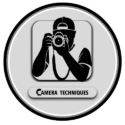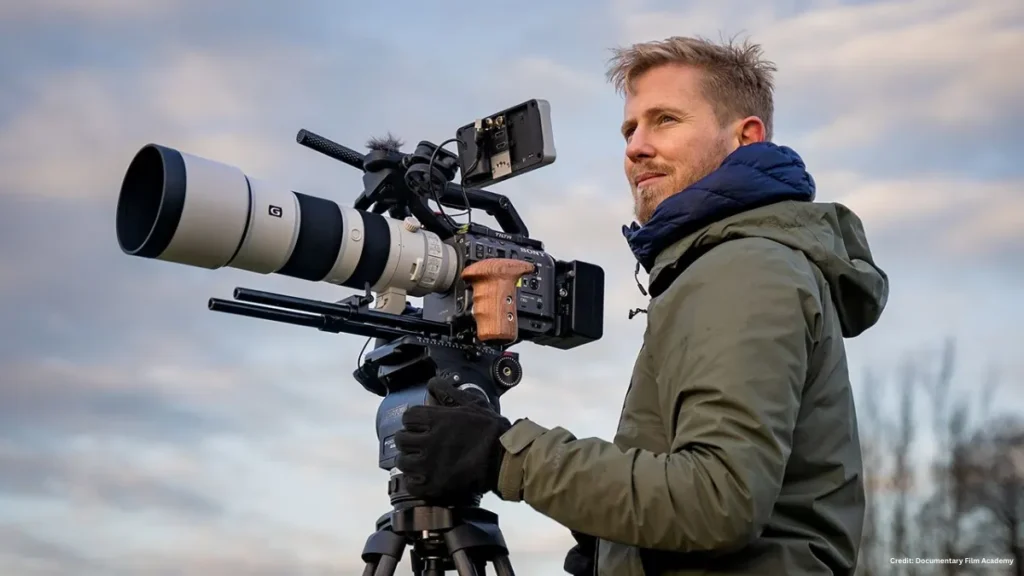Cinematic camera techniques are the foundation of every great film, short video, or even YouTube project. These techniques help filmmakers tell a story visually, create emotions, and guide the audience’s attention. Whether you are a beginner in filmmaking or simply curious about how movies achieve that professional “cinematic look,” understanding camera techniques is the first step.
What Are Cinematic Camera Techniques?
Cinematic camera techniques are methods used by filmmakers to capture scenes in a visually appealing and storytelling-focused way. These include camera angles, movements, framing, focus, and lighting. The goal is not just to record what is happening but to make the audience feel the emotions behind each shot.
For example, a close-up shot of a character’s face highlights their emotions, while a wide shot shows the environment and creates context. By combining these techniques, filmmakers can make even a simple scene look powerful and engaging.
Also read: Mobile Photography Techniques: A Complete Guide for Stunning Photos
Why Cinematic Camera Techniques Matter
Good camera work is not only about looking professional—it’s about storytelling. When you use the right cinematic camera techniques, you:
- Create mood and atmosphere
- Show emotions without words
- Guide the viewer’s focus
- Add depth and creativity to a scene
- Keep the audience engaged
This is why movies, TV shows, and even ads pay so much attention to how a camera is used.
Also read: Creative Camera Techniques for Photography: Unique Ways to Capture Stunning Shots
Popular Cinematic Camera Techniques Every Filmmaker Should Know
1. The Close-Up Shot
A close-up focuses tightly on a subject, usually a face or an important object. It’s perfect for showing emotions like fear, love, or sadness.
2. The Wide Shot
Also called the “establishing shot,” this technique shows the environment and gives viewers a sense of location. It’s commonly used at the beginning of a scene.
3. The Over-the-Shoulder Shot
This shot is often used during conversations. It shows one character from behind while focusing on the other person they’re speaking to, making the audience feel part of the dialogue.
4. Tracking and Dolly Shots
These techniques involve moving the camera smoothly along with the subject. They are widely used in action scenes or dramatic entrances to add energy and motion.
5. The Low-Angle Shot
Filming from below makes the subject look more powerful, dominant, or intimidating. It’s commonly used in superhero and action films.
6. The High-Angle Shot
This technique films the subject from above, making them appear smaller, weaker, or vulnerable.
7. The Zoom and Rack Focus
Zooming draws attention to a subject, while rack focus shifts the viewer’s attention between two different subjects in one shot. Both techniques add drama and keep viewers engaged.
8. Handheld and Steadicam Shots
A handheld camera gives a raw, realistic, and sometimes chaotic feeling—often used in documentaries or action scenes. On the other hand, steadicam shots are smooth and stable, perfect for long takes without distraction.
Tips for Using Cinematic Camera Techniques Effectively
- Always plan your shots before filming
- Match the camera angle with the emotion of the scene
- Avoid overusing one technique—variety keeps the audience interested
- Use lighting and sound to enhance the impact of the camera work
- Practice regularly to improve your storytelling skills
Final Thoughts
Cinematic camera techniques are more than just fancy ways of filming—they are tools that shape the way a story is told. By learning and practicing these techniques, you can transform ordinary videos into engaging, professional-looking films. Whether you’re a beginner or an aspiring filmmaker, mastering camera work is one of the best steps you can take toward creating memorable content.

